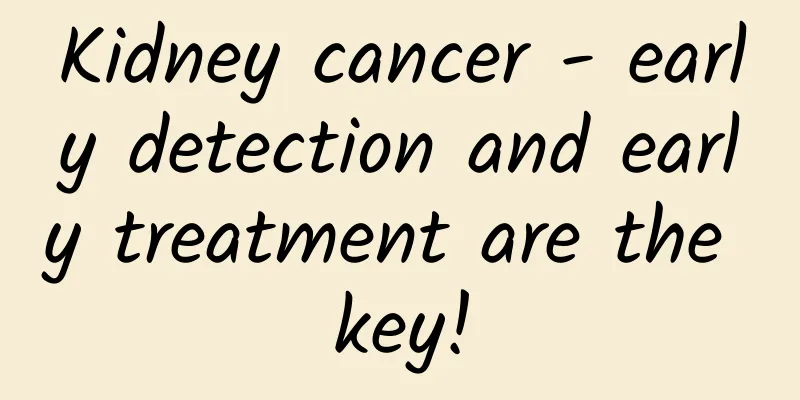Interpretation of radiation status of PETCT examination and examination strategy for children

|
As a radiological diagnostic instrument, PET/CT is bound to have radiation. The radiation of PET/CT mainly comes from two aspects, namely the radiation emitted by CT and the radiation of radioactive drugs used in PET examination. The level of radiation caused by CT to the subject depends on the parameters of the CT scan: the higher the tube voltage and current, the smaller the pitch value, the slower the rotation speed, and the higher the dose caused. The CT examinations usually performed are mostly for local structural diagnosis, which requires high image quality, and higher scanning parameters will lead to more radiation. The CT in PET/CT is mainly used to determine the location of PET functional abnormalities, so lower scanning parameters are used, and the radiation dose is relatively low. Usually, the radiation dose required for a CT scan is 4-6 mSv. PET equipment itself does not emit radiation. Its radiation mainly comes from the radioactive drugs used. The radiation dose caused by the radioactive drugs depends on the dose injected into the subject. The higher the dose injected, the higher the radiation dose received by the subject. Taking 18F-FDG, the most commonly used radioactive drug in PET examination, as an example, the injection amount is usually about 0.1mCi/kg body weight. For a subject weighing 20-100 kg, the activity of the injected radioactive drug is 7mCi, and the effective dose caused to the subject is 1.4-7 mSv. Therefore, the total radiation dose received during a PET/CT examination is 6-13 mSv. With the continuous advancement of technology, the dose of radioactive drugs used in PET/CT examinations is constantly decreasing, and the scanning parameters of CT are also further reduced. The current new generation of PET/CT machines can basically control the radiation dose of an ordinary adult to around 5 mSv, and children will have a lower dose because of the small amount of drugs and small scanning range. In the data on the damage effects caused by radiation, an annual radiation dose of less than 250 mSv is considered to be harmless. my country requires that the average annual effective dose for professionals engaged in radiation work be less than 20 mSv. The effective dose caused by a common cardiac enhanced CT scan is around 10 mSv. The natural environment radiation dose received by a normal person is approximately 2.4 mSv per year. If you live in high altitude areas or fly frequently, this value will be even higher as cosmic rays increase. It can be seen from this that the radiation dose of PET/CT examinations is not very high among medical examinations and is within the safe range of public radiation. Therefore, for medical radioactive examinations, it is safe to perform PET/CT examinations under the premise that the diagnosis of the disease is required. Children in the growth and development stage are more sensitive to radiation, so before conducting medical radiological examinations, it is necessary to more strictly evaluate whether the child can benefit from the examination, whether there are alternative examination options without radiation, etc. If a radiation examination must be performed, the radiation dose received by the child should be reduced as much as possible under the premise of meeting the diagnostic conditions. Therefore, before receiving a medical radiological examination, the important parts of the child that need to be scanned should be evaluated in detail, and the appropriate scanning parameters should be determined. For the key observation parts, the scanning parameters will tend to make the image clearer, while for the parts with low risk, low-dose radiation parameters that can meet the diagnostic needs should be selected as much as possible. For examinations that require the use of radioactive drugs, in terms of dose selection, on the premise of continuously improving the sensitivity of PET/CT, more shooting time, better imaging algorithms, and even AI cloud computing can be adopted to try to achieve the purpose of using small doses of radioactive drugs to obtain satisfactory examination purposes and better image effects. After the examination, ask the child to drink plenty of water to promote the excretion of radioactive drugs through urine as soon as possible to reduce the retention time in the body. The children and their parents also need to cooperate in the preparations before the examination. For children who are too young to cooperate with the examination, choose a suitable time to let them undergo the examination in their natural sleep. Generally, most children fall asleep quietly through conventional coaxing and inducing sleep. For children who cannot cooperate with the examination, it is necessary to use medication with the help of informing their parents. |
<<: Pay attention to the visual development of infants and young children
>>: Can oral vitamin C whiten the skin?
Recommend
Does brewing Keemun black tea for a long time affect its taste? What kind of tea set is best for brewing Keemun black tea?
Keemun black tea is mild in nature, mellow in tas...
Can I wear short sleeves after abortion?
Women who have undergone abortion should know how...
How to choose soft-seeded pomegranates? What are the benefits of eating soft-seeded pomegranates?
Many friends like to eat soft-seeded pomegranates...
How to treat keratitis in pregnant women
During pregnancy, women will have some requiremen...
How does pubic hair grow fast?
Pubic hair is also an important symbol of the phy...
Scientific understanding of influenza vaccines: building a healthy defense line for children
Author: Chen Yue, First Hospital of Jilin Univers...
The most serious symptoms of pelvic inflammatory disease
Pelvic inflammatory disease is a very common dise...
What tests should be done for irregular menstruation
Irregular menstruation is a problem that many wom...
What department is better for itchy nipples?
Itchy nipples are a relatively dangerous symptom,...
What are the dangers of girls sleeping late
Nowadays, many girls like to stay up late, and pe...
Coagulation function test in pregnant women
Pregnant women need to do prenatal checkups on ti...
Can I eat lotus root during menstruation?
Everyone must know a lot about lotus root, becaus...
Is it still possible to get pregnant if the follicles are small?
After marriage, when life is more comfortable, pe...
How many times do you ovulate each month?
Mature and healthy women go through their menstru...








![[Medical Q&A] Why are fatty acids divided into saturated and unsaturated?](/upload/images/67f0f6052c686.webp)
